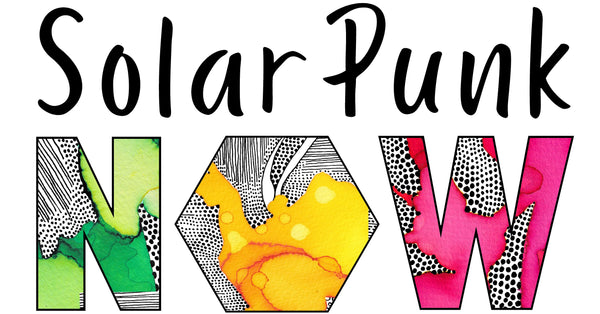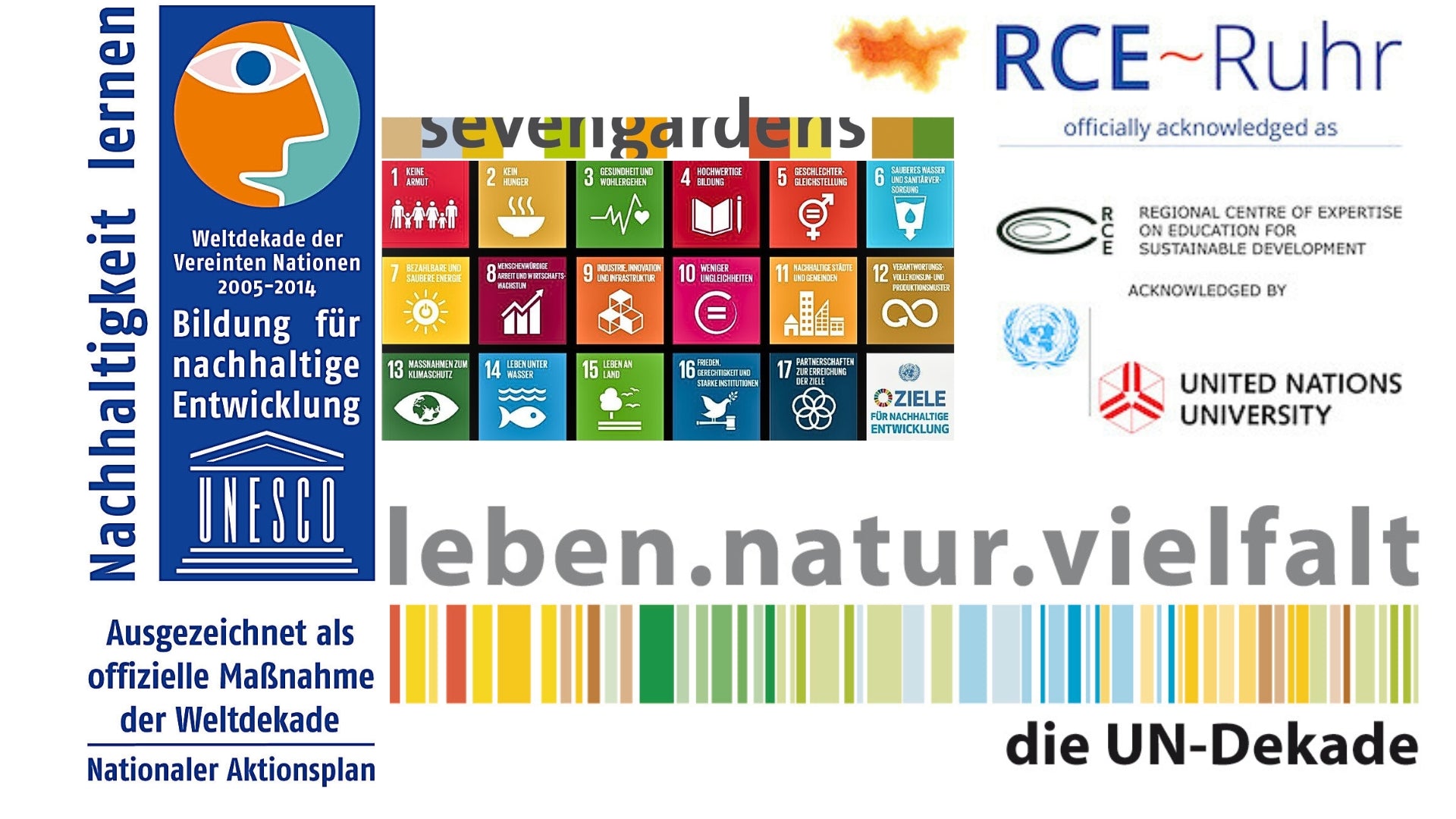Become an architect with Beenius

Have you ever looked at a building and wondered about the creative process behind its design? Have you ever imagined yourself as an architect, sketching out the blueprints and bringing the building to life?
With Beenius you can easily implement your own ideas for future living and building.
Whether you're a child fascinated by the shapes and lines of buildings or an adult who wants to explore your creative side - with the combination of Beenius wax and Fibonacci rods you can learn more about architecture and design in a playful way.
Shape the future of living with Beenius

In the past, houses were built to simply serve one purpose - as protection from external influences. But the future shows that our homes are much more than just a place to live. They are a reflection of who we are, our values and our impact on the world around us.
That's why sustainable houses, geodesic structures and geometric domed buildings are the future of living. They not only offer practical advantages such as energy efficiency and durability, but also represent a more conscious way of life.
At the heart of sustainable building is the idea of harmony with nature.
It means using renewable and sustainable materials, minimizing waste and reducing our environmental footprint. Geodesic and geometric domed buildings are a perfect example of this. They use fewer materials than traditional homes and are often built from recycled or local resources. Geodesic structures are considered energy efficient because they utilize natural ventilation and sunlight to reduce the need for heating and cooling.
Design beautiful structures with Beenius Infinity Wax and Fibonacci Rods
Beenius Infinity Wax acts like an adhesive that allows you to build easily and creatively. In the Beenius set you combine this wax with Fibonacci sticks made of bamboo. These correspond to the lengths of the Fibonacci sequence and are included in the set in lengths of 5, 8, 13 and 21cm.
The Fibonacci sequence is a series of numbers in which each number is the sum of the previous two numbers. This sequence can be found in many areas of nature, e.g. B. in the arrangement of leaves on a stem, the spiral shape of snail shells and the proportions of flowers.

Fibonacci bamboo sticks are cut into lengths that correspond to the Fibonacci sequence. This leads to some notable properties:
Harmonious proportions: The Fibonacci sequence creates a balanced relationship between the lengths of each rod. This results in a harmonious overall structure that is both stable and flexible.
Self-similarity: The Fibonacci sequence repeats at different scales. This means that the shape of the rods remains the same at all levels of observation. This property makes it possible to create complex structures using a simple principle.
Optimal force distribution: The Fibonacci sequence ensures that the force is evenly distributed across the individual rods. This makes the structure resistant to breakage and deformation. The bars can therefore also be used for applications with higher loads.
The Fibonacci sequence is an aesthetic and efficient principle that has a wide range of applications in architecture. By using the Fibonacci sequence, architects can create buildings and structures that are both harmonious and stable. And that's how it works in your Beenius structures.

Examples of using Fibonacci sequences in architecture:
- Parthenon in Athens, Greece
- Notre Dame in Paris, France
- Taj Mahal in Agra, India
- Sagrada Familia in Barcelona, Spain
- Sydney Opera House in Sydney, Australia
----- From the Beenius travel diary ----
#Architecture
Unexpected discoveries in the Sinai Mountains

I have a vivid memory of a tour we took through the mountains of Sinai shortly after the discovery of Beenius Wax. Together with a group of sustainable architects from Cairo, we were on a mission to design solutions for composting toilet systems in the villages of the rocky Sinai Mountains. When we arrived at a hotel in St. Catherine, we were the only visitors and met two teenagers who were engrossed in their shooting games and we kept hearing the loud rattle of machine gun fire. So we changed the context.
We placed sticks and balls of Beenius Wax on the table with the simple hint that they could build whatever they wanted. To our surprise, the boys enthusiastically got to work. One of the boys created his own interpretation of a mosque, while the other designed a house that even had a rotating mechanism for improved air circulation. But what we observed intensively for the first time: how patient and persistent the kids can suddenly be when it comes to designing their own things. That was suddenly much more exciting than shooting around.
Over the next few days, we carried sticks and beeswax with us as we explored the valley and came into contact with the Bedouin tribes that lived there. While children, both boys and girls, experimented with building geometric shapes, adults, without prior guidance, created models of possible accommodations that they actually intended to build. Hakeem, one of the sustainable architects, was extremely fascinated and made it clear to us that the intuitive building practices that people here seem to use with Beenius were only taught to him from the second semester of his studies.
That's when the question arose for the first time: Does Beenius take architecture to a new level of experience?
Beenius: A collaborative model creation tool
During my trip I had the opportunity to connect with many people who were passionate about architecture. Another architect from Cairo was faced with the challenge of designing accommodation for an eco-camp for his clients. The problem: His customer had difficulty understanding the digitally created models (AutoCad). Since Beenius is so easy to use, it would be better suited to creating a common understanding and even opens up the possibility of collaborating on the design with your customer, so you can contribute more to the design process.









